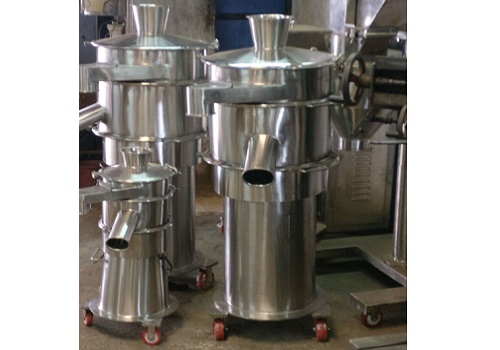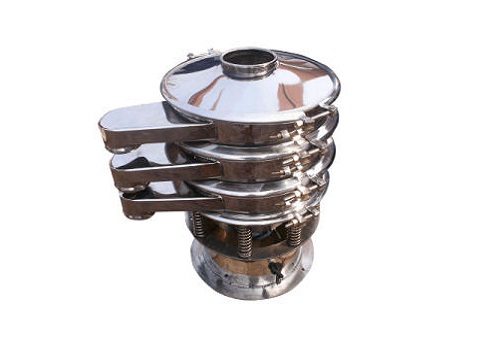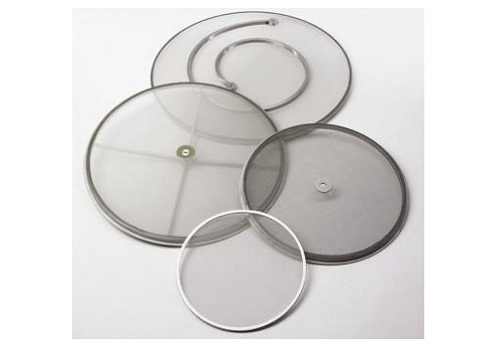Notice: Undefined variable: kkg in /home2/jbmpr32v/public_html/product_deatils.php on line 122



Vibratory Siever
Vibro sievers, also known as safety screeners, vibrating shifters, vibro sieves, check screeners or control sieves, separate bulk solid materials from solids and slurries using multi-plane, inertial vibration that causes particles to pass through apertures in the screen or to travel across the screen surface in controlled pathways.
Typical applications include sifting, scalping, classifying, de-dusting and de-lumping of dry bulk solids, or dewatering of solids-laden slurries.
These vibrating sifters fit neatly into production lines, providing considerable screening capacity The screens are available in a range of diameters and are offered with single or multiple screening decks, separating particles in one to five predetermined sizes.
A wide range of models and specialized options satisfy a broad range of applications from the most simple to the most challenging tasks.
- DOWNLOADS
- ENQUIRE NOW
Sailent Features
- Vacuum Vibro Siever for Online Sieveing
- Cleaning mechanism through antibinding balls/tubes.
- Can be made Explosion Proof
- Meet cGMP norms
- Available in multi-deck systems
- High capacity flow-through design
- Easy to clean and maintain
Working Principle
The main screening assembly of a Vibro sifter is suspended on rugged springs that allow it to vibrate freely while minimizing power consumption and preventing vibration transmission to the floor. The assembly is equipped with one imbalanced-weight gyratory motor that creates multi-plane inertial vibration for the purpose of controlling the flow path of material on screen surfaces, and maximizing the rate at which material passes through the screen.
Material is fed onto the center of the screen, causing particles larger than screen apertures to travel across the screen surface in controlled pathways, and exit through a discharge spout located at the screen's periphery, while particles smaller than screen apertures pass through the screen onto a lower screen or exit through a lower discharge spout.
Capacities
Available in 30”, 40”, 48” and 60”

